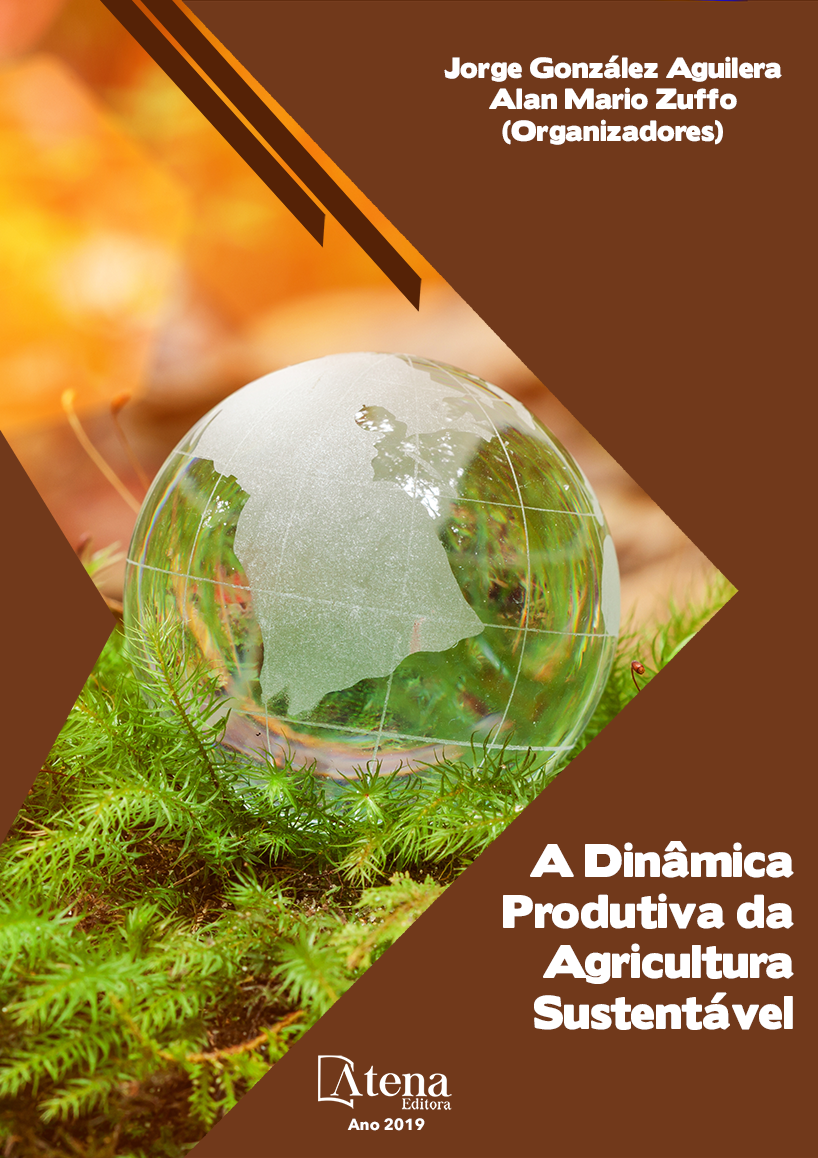
CUNICULTURA E MAXIMIZAÇÃO DA RENDA INTEGRADA DA PROPRIEDADE RURAL
A utilização da cunicultura como atividade para a diversificação da produção é pouco abordada em estudos no país. No entanto, em um futuro próximo, o grande desafio a nível mundial será o de alimentar em torno de 10 bilhões de pessoas. Neste contexto, o objetivo deste trabalho é expor como a cunicultura pode contribuir para a maximização da renda na propriedade rural sendo integrada com culturas vegetais. Dentre os resíduos mais comuns encontrados no Brasil destacam-se cascas, palhas, tortas, bagaços, polpas, farelos e partes aéreas. Todos estes, são impróprios para consumo humano e podem em algum nível serem incorporados a dietas cunícolas. Diante do exposto, percebe-se que as possibilidades para o desenvolvimento da cunicultura sustentável integrada a agricultura no Brasil são muitas. No entanto, diversas questões comprometem os criadores de coelhos e a falta de políticas públicas específicas que favoreçam a atividade, merece destaque.
CUNICULTURA E MAXIMIZAÇÃO DA RENDA INTEGRADA DA PROPRIEDADE RURAL
-
DOI: 10.22533/at.ed.3931923095
-
Palavras-chave: coelhos, ingredientes alternativos, sustentabilidade
-
Keywords: alternative ingredientes, rabbits, sustainability
-
Abstract:
The use of rabbit breeding as an activity for the diversification of production is addressed in studies without a country. However, in the near future, the biggest challenge in the world will be around 10 billion people. This context, this work is to expose the cuniculture may be important for the maximization of rural property being integrated with vegetable crops. Among the extras found in Brazil: bark, straw, tarts, bagasse, pulp, bran and aerial parts. All these are, are suitable for human consumption and are able to reach higher levels incorporating cunich diets. In view of the above, it is perceived that the possibilities of development of rabbit breeding are the integrated agriculture in Brazil are many. However, several issues are responsible for raising rabbits and a lack of public policies that favor the activity, it is worth highlighting.
-
Número de páginas: 15
- Diuly Bortoluzzi Falcone
- Geni Salete Pinto de Toledo
- Ana Carolina Kohlrausch Klinger


